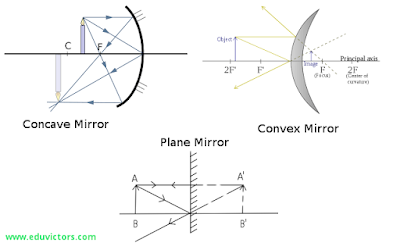Physics Quiz (1 Word Answer)
Q2: The working of the quartz crystal in the watch is based on which effect?
Q3: What is the unit of Radioactivity?
Q4: What is the wavelength of the visible spectrum?
Q5: One astronomical unit is the average distance between___?
Q6: Number of basic S.I. units are ___.
Q7: What is the name of the scientist who stated that matter can be converted into energy?
Q8: The size of the atomic nucleus is of the order of___?
Q9: A temperature at which both the Fahrenheit and the centigrade scales have the same value?

















